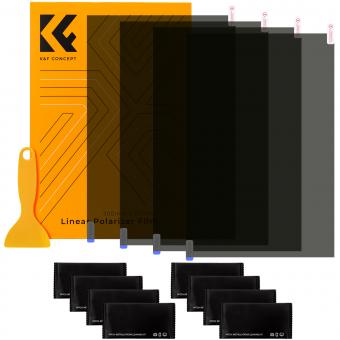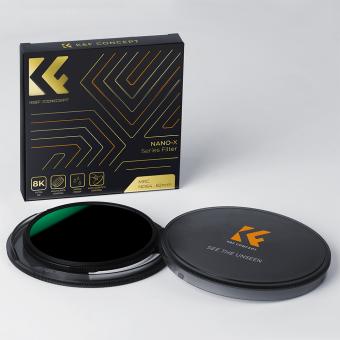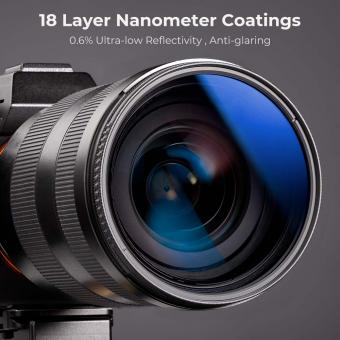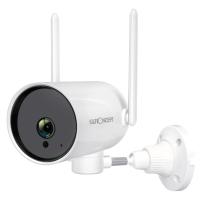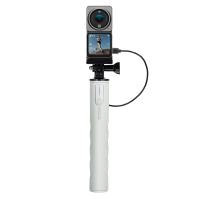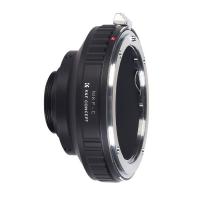Can You Rotate A Polarizing Filter ?
Yes, a polarizing filter can be rotated. In fact, the effectiveness of a polarizing filter depends on its orientation relative to the light source and the subject being photographed. By rotating the filter, you can adjust the amount of polarization and control the amount of glare and reflections in your photos. This is particularly useful when shooting landscapes, water, or other reflective surfaces. It's important to note that rotating the filter will also affect the exposure and color balance of your photos, so you may need to adjust your camera settings accordingly.
1、 Orientation-dependent light transmission
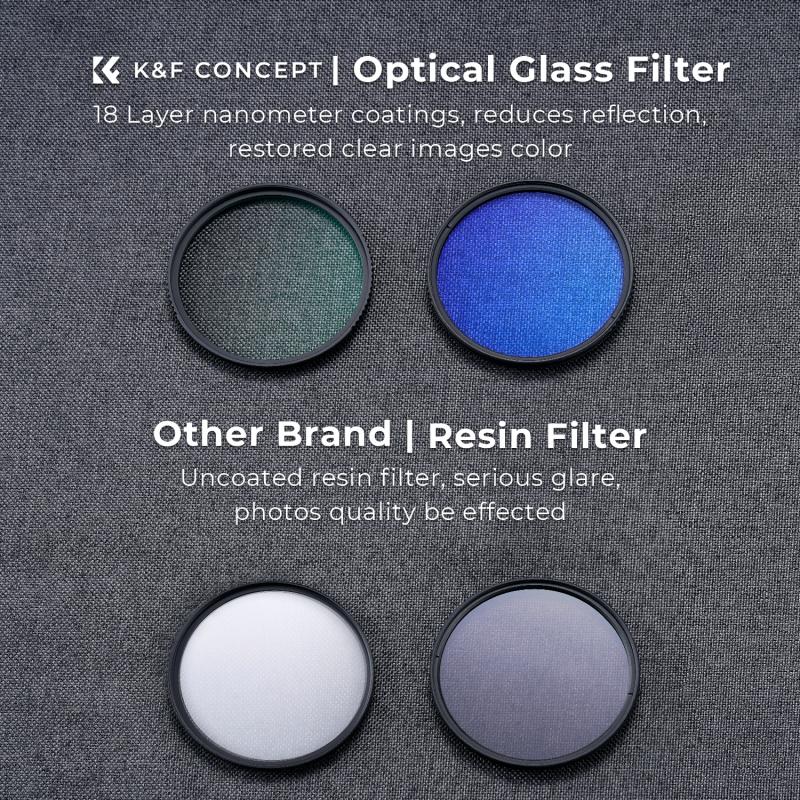
Yes, you can rotate a polarizing filter to control the orientation-dependent light transmission. A polarizing filter is a material that allows only light waves that vibrate in a particular direction to pass through it. When light passes through a polarizing filter, it becomes polarized, meaning that its waves vibrate in a specific direction. The orientation of the filter determines which direction of light waves can pass through it.
By rotating the polarizing filter, you can change the orientation of the filter and control the amount of light that passes through it. This property makes polarizing filters useful in a variety of applications, including photography, microscopy, and LCD displays.
Recent research has shown that polarizing filters can also be used to control the polarization of light in quantum systems. By manipulating the orientation of the filter, researchers can control the polarization of photons, which is essential for quantum communication and quantum computing.
In conclusion, rotating a polarizing filter is an effective way to control the orientation-dependent light transmission. This property makes polarizing filters useful in a variety of applications, and recent research has shown that they can also be used in quantum systems.
2、 Malus's law

Yes, you can rotate a polarizing filter. A polarizing filter is a device that allows only light waves that vibrate in a particular direction to pass through it. When light passes through a polarizing filter, it becomes polarized, meaning that all the light waves vibrate in the same direction. If a second polarizing filter is placed in the path of the polarized light, it will only allow the light waves that vibrate in the same direction as its own polarization axis to pass through it. If the second filter is rotated, the amount of light that passes through it will change.
This phenomenon is explained by Malus's law, which states that the intensity of polarized light passing through a second polarizing filter is proportional to the square of the cosine of the angle between the polarization axes of the two filters. This means that when the two filters are aligned, the maximum amount of light will pass through, and when they are perpendicular to each other, no light will pass through.
Recent research has shown that polarizing filters have a wide range of applications, from improving the visibility of LCD screens to detecting cancer cells. In addition, scientists are exploring the use of polarizing filters in quantum computing and communication, as they can be used to manipulate the polarization of photons, which are the building blocks of quantum information.
3、 Crossed polarizers

Yes, you can rotate a polarizing filter. A polarizing filter is a type of optical filter that allows only light waves that are oriented in a specific direction to pass through it. When two polarizing filters are placed on top of each other with their polarization axes perpendicular to each other, they are said to be "crossed polarizers." In this configuration, no light can pass through the filters because the polarization of the light waves is perpendicular to the polarization axis of the filters.
However, if one of the filters is rotated, some light can pass through the filters. The amount of light that passes through the filters depends on the angle of rotation. When the filters are aligned with their polarization axes parallel to each other, the maximum amount of light can pass through the filters. As the angle of rotation increases, the amount of light that passes through the filters decreases.
Rotating a polarizing filter is useful in many applications, such as photography, microscopy, and polarimetry. In photography, polarizing filters are used to reduce glare and reflections from surfaces such as water and glass. In microscopy, polarizing filters are used to study the optical properties of materials. In polarimetry, polarizing filters are used to measure the polarization of light.
In recent years, there has been a growing interest in the use of polarizing filters in virtual and augmented reality applications. By rotating the polarizing filters in front of the display, it is possible to create a 3D effect without the need for special glasses. This technology is still in its early stages, but it has the potential to revolutionize the way we experience virtual and augmented reality.
4、 Circular polarizers

Yes, you can rotate a polarizing filter. Polarizing filters are used in photography and videography to reduce glare and reflections, enhance colors, and improve contrast. They work by blocking certain polarized light waves while allowing others to pass through. By rotating the filter, you can adjust the amount of light that is blocked and the angle at which the filter blocks the light.
Circular polarizers are a type of polarizing filter that is commonly used in digital cameras and other electronic devices. They are designed to work with the autofocus and metering systems of modern cameras, which rely on a beam-splitting prism to direct light to the camera's sensor. Circular polarizers are also more effective at reducing glare and reflections than linear polarizers, which can cause problems with autofocus and metering.
The latest point of view on polarizing filters is that they are an essential tool for photographers and videographers who want to capture high-quality images and videos. They are particularly useful for outdoor photography, where reflections and glare can be a major problem. However, it is important to use polarizing filters correctly and to avoid overusing them, as this can lead to unnatural-looking images. Overall, polarizing filters are a valuable addition to any photographer's toolkit.



